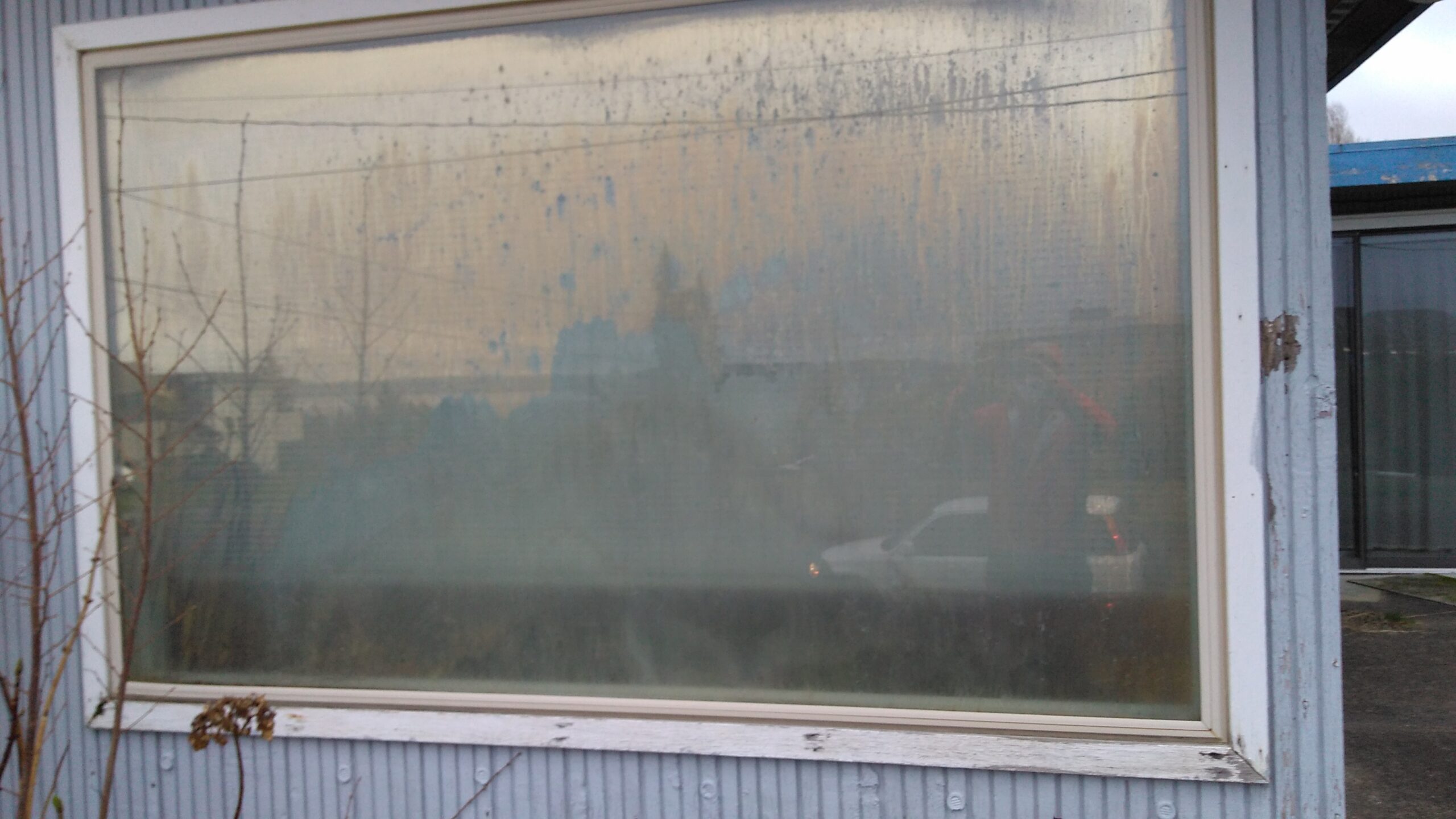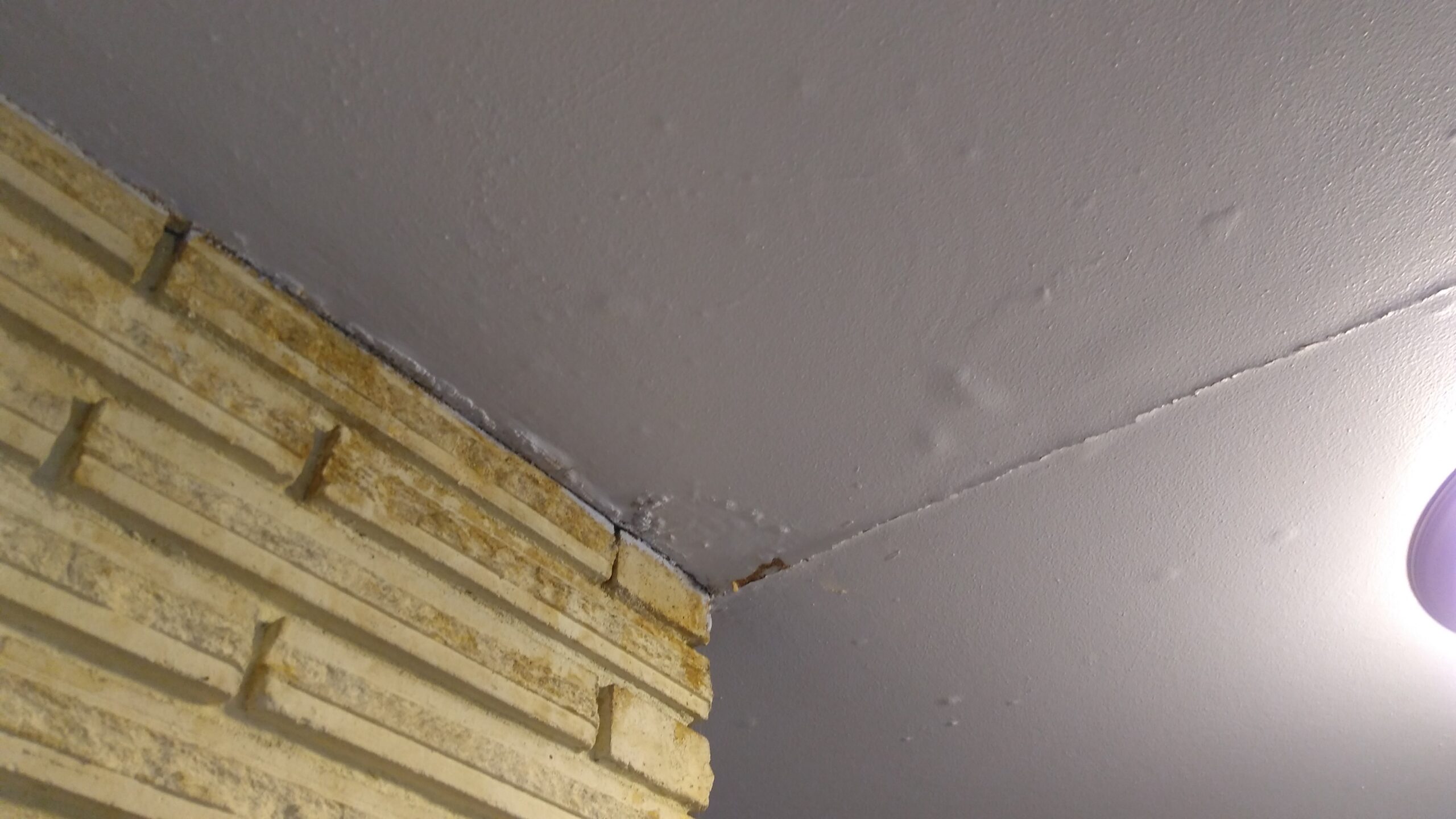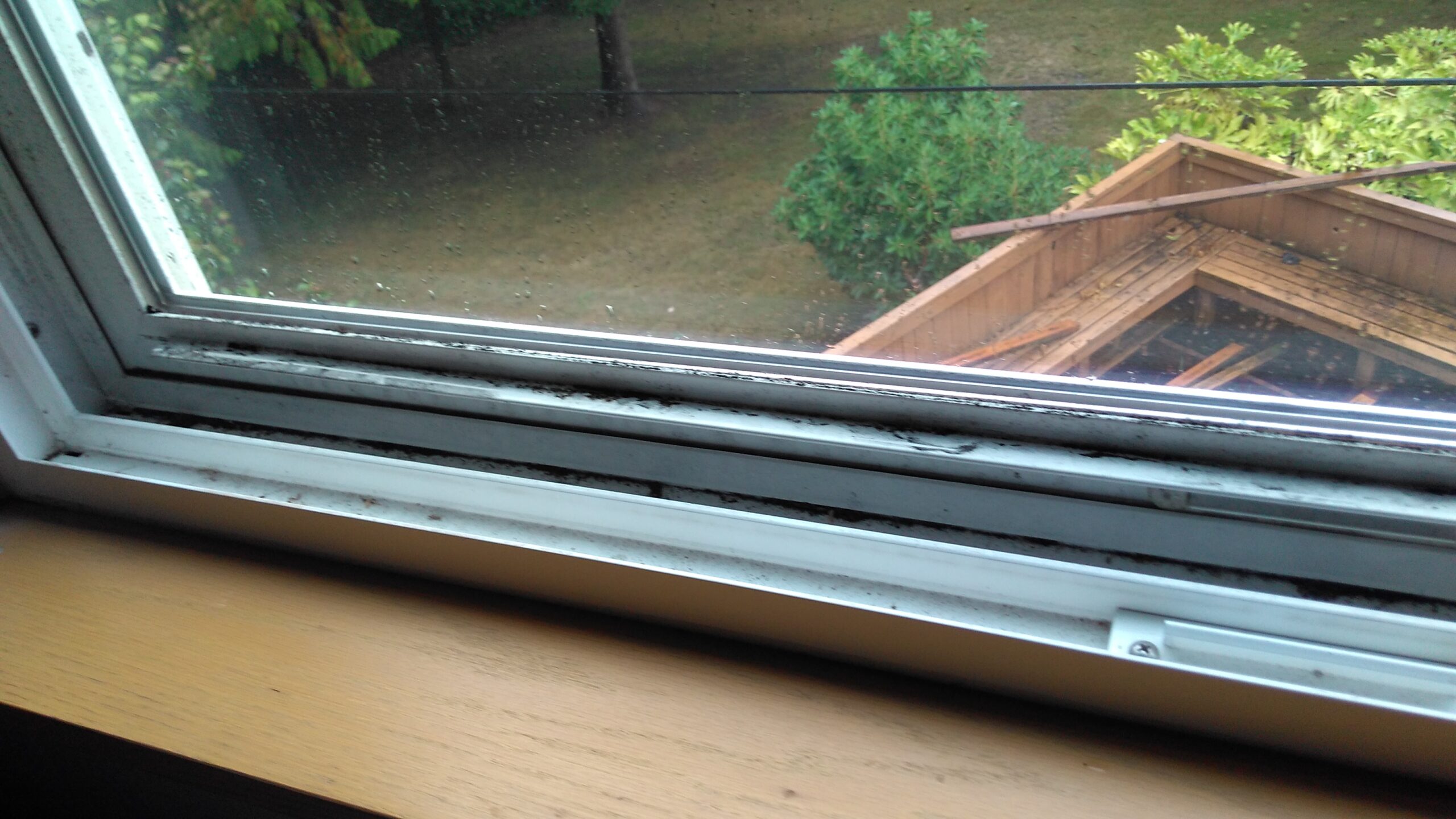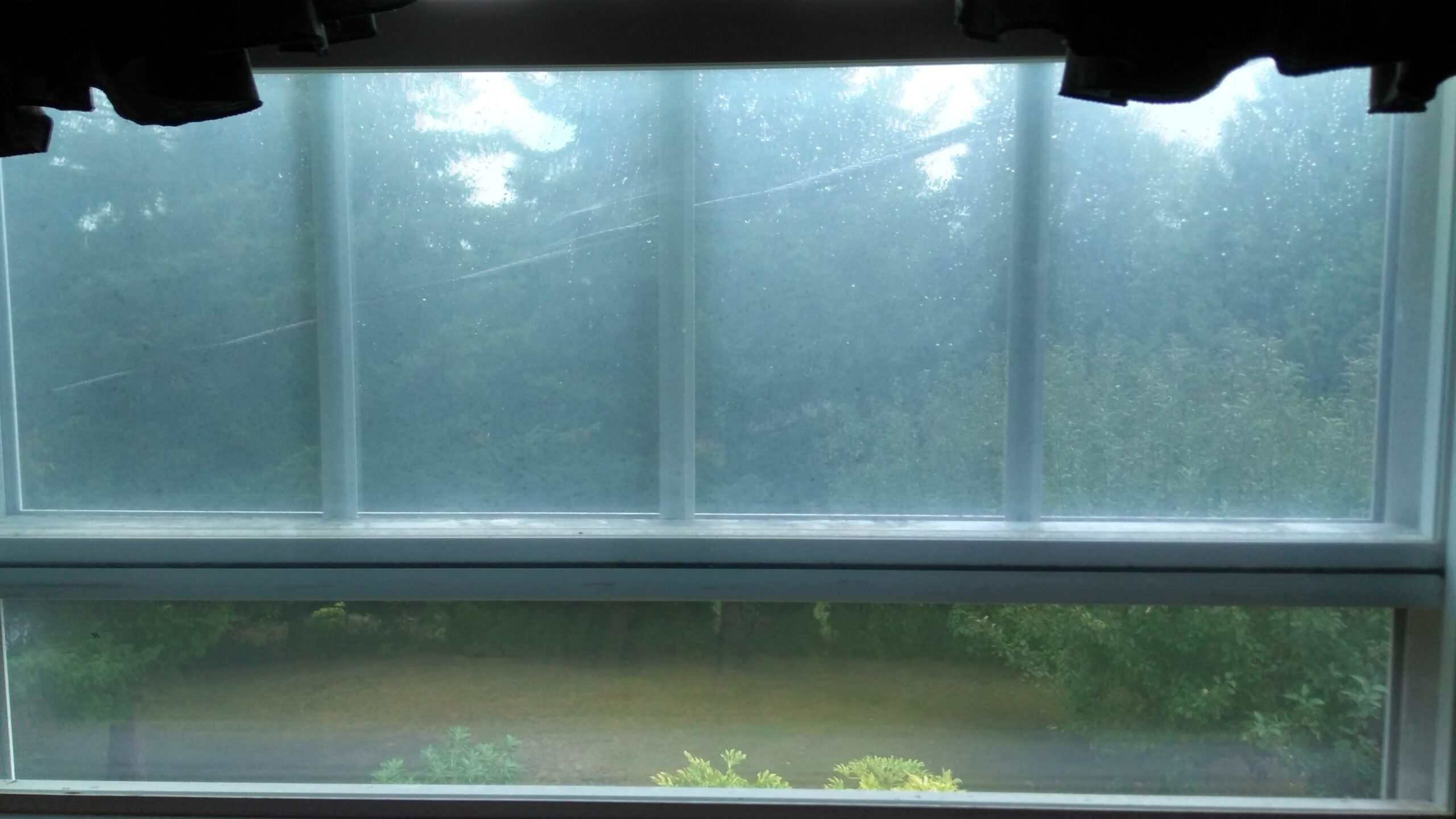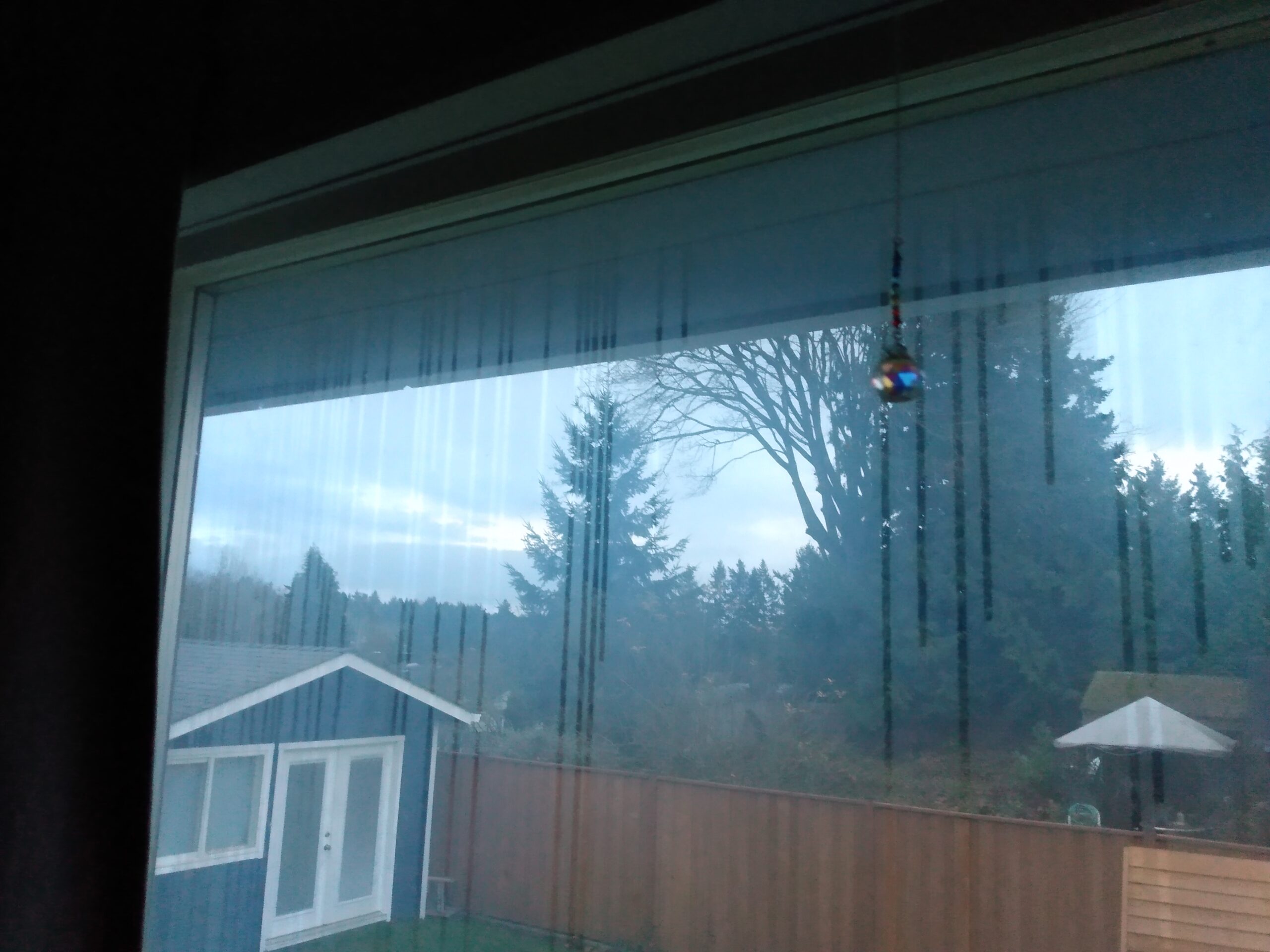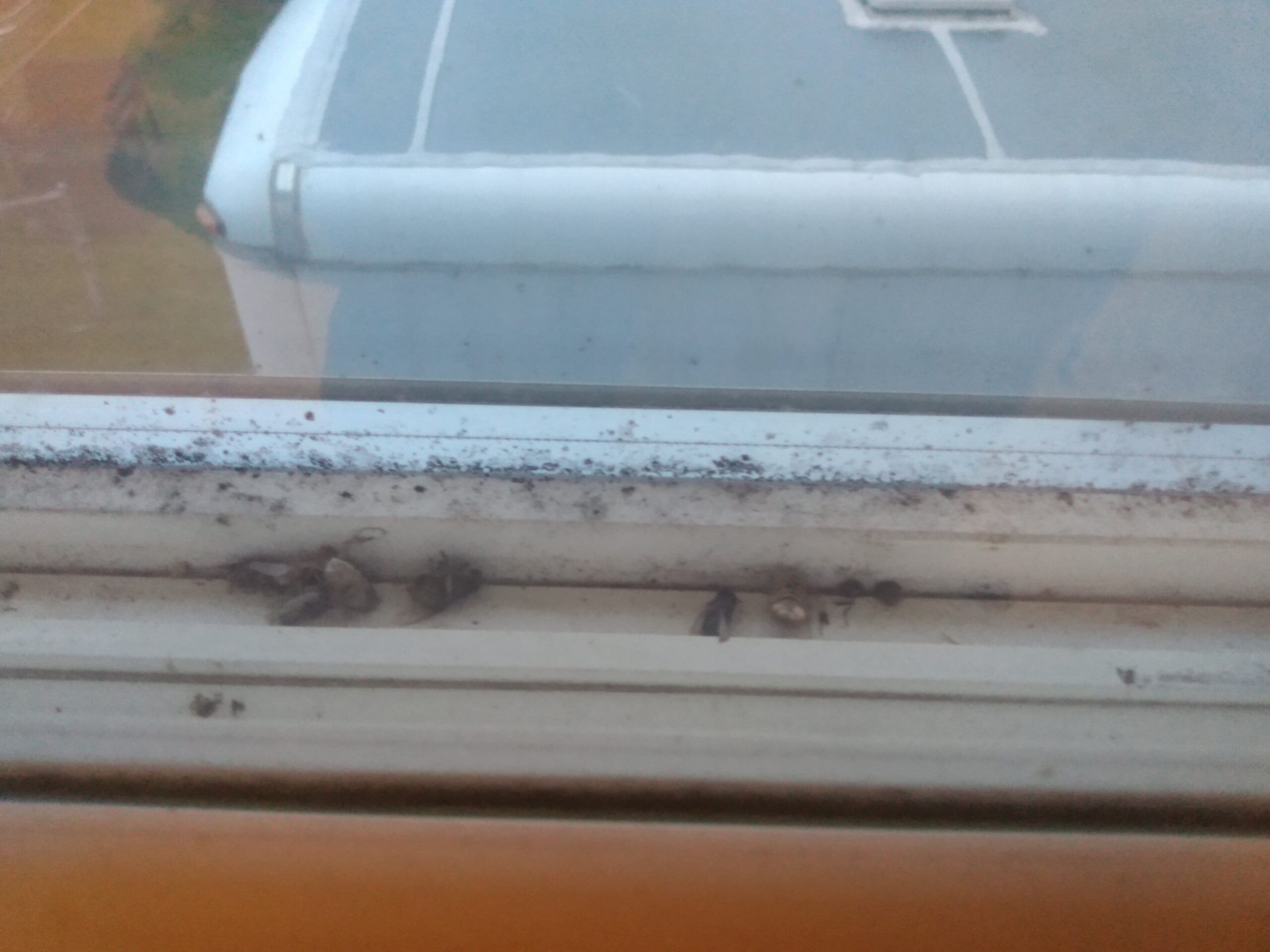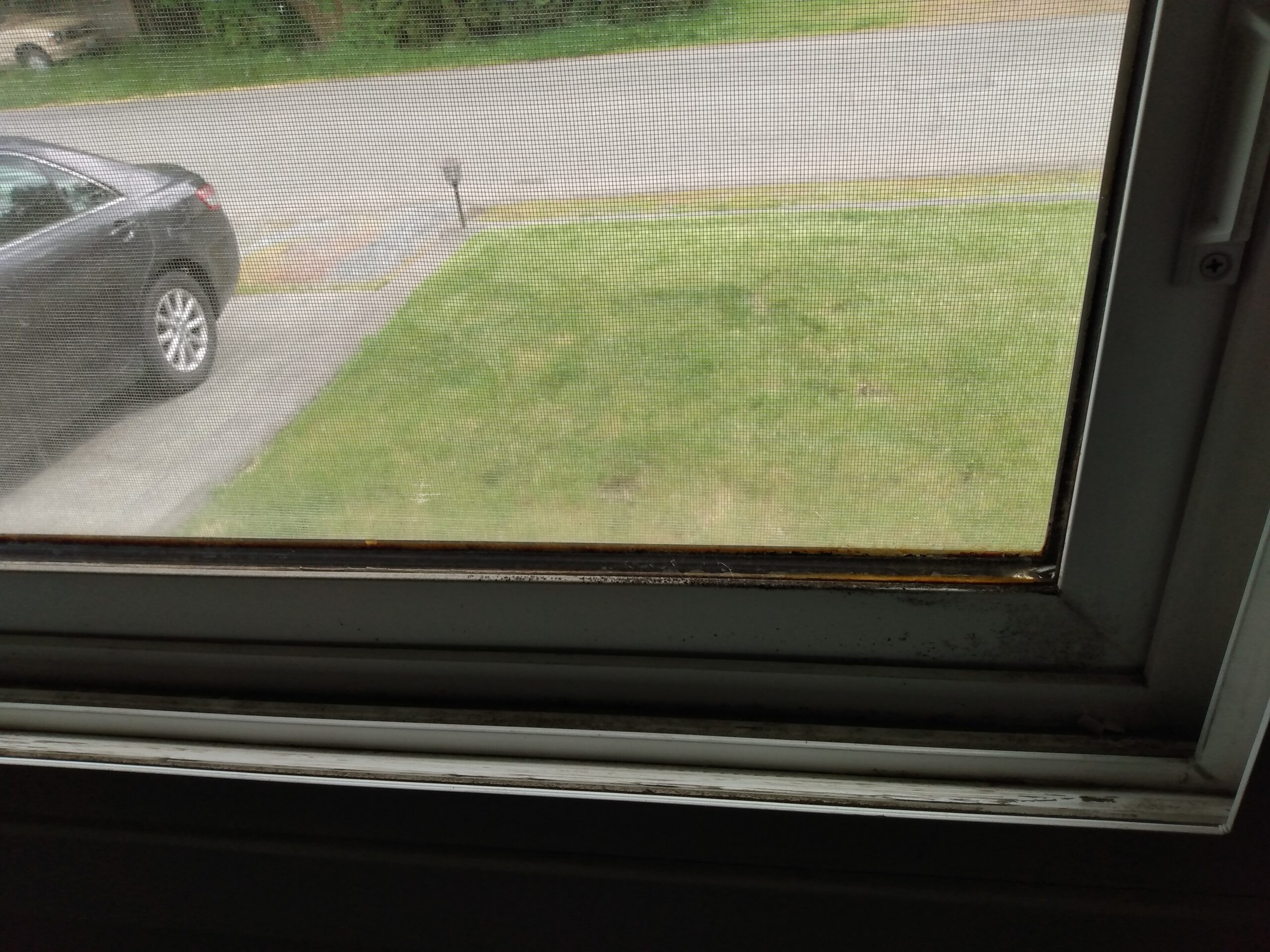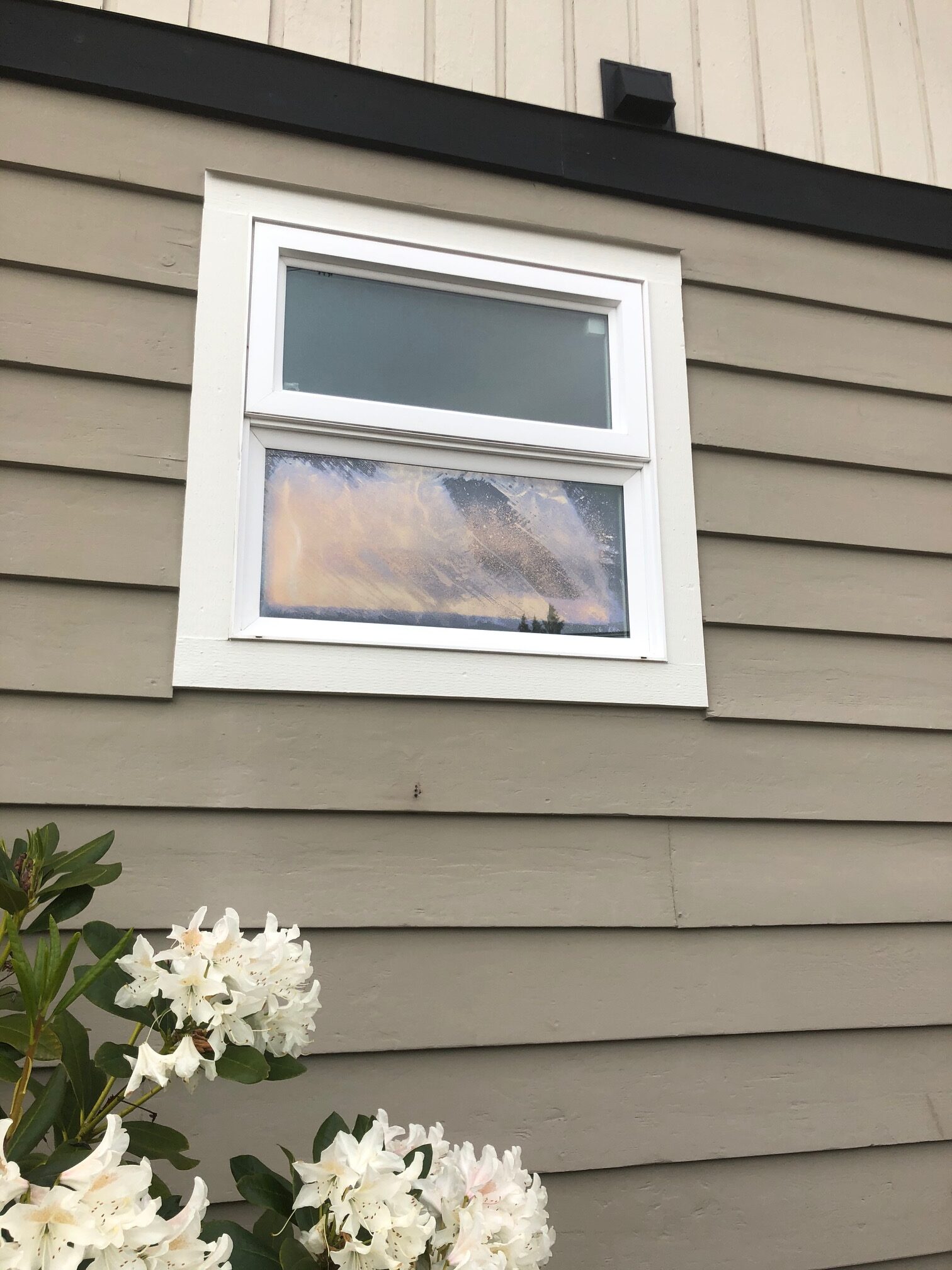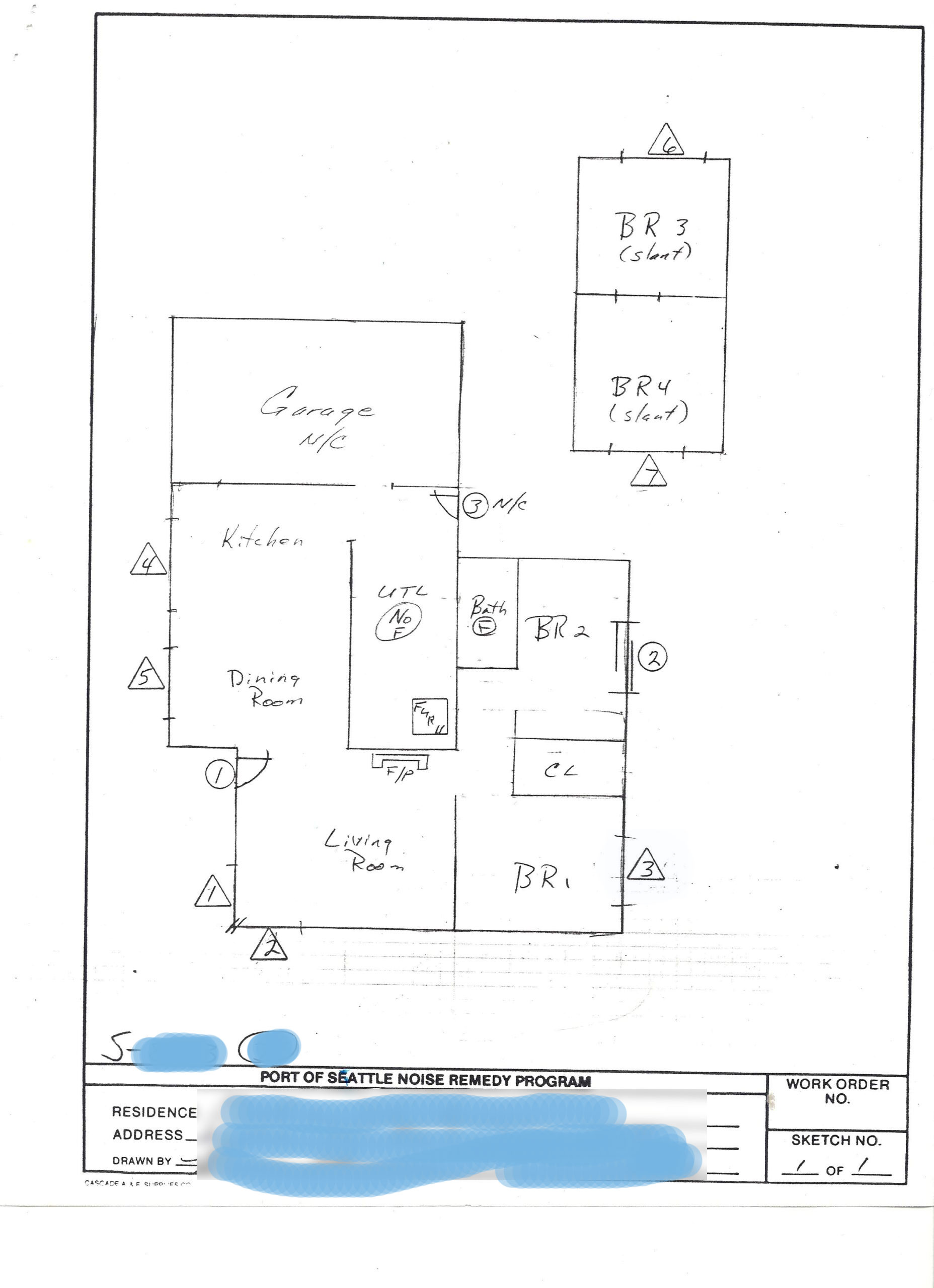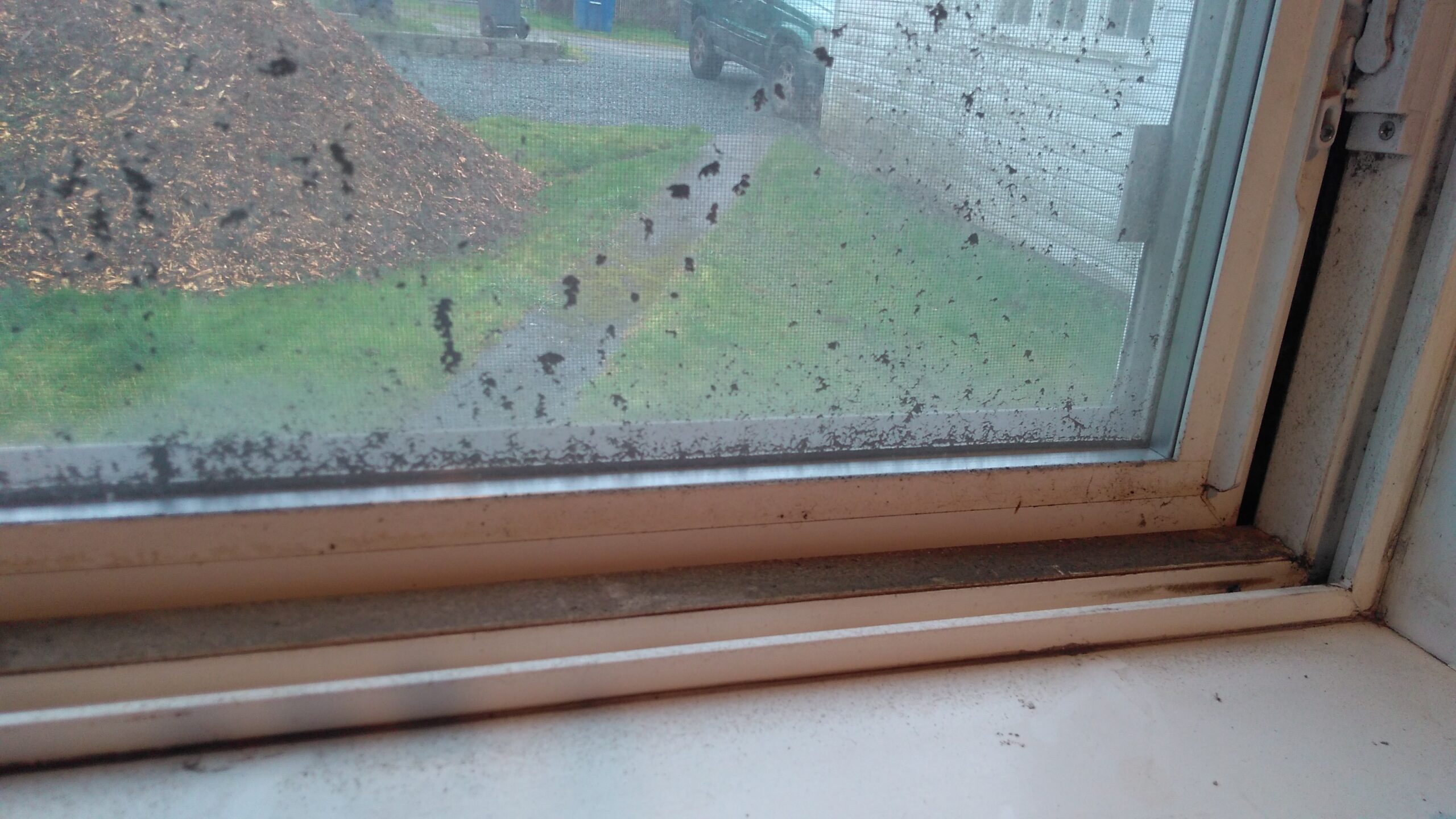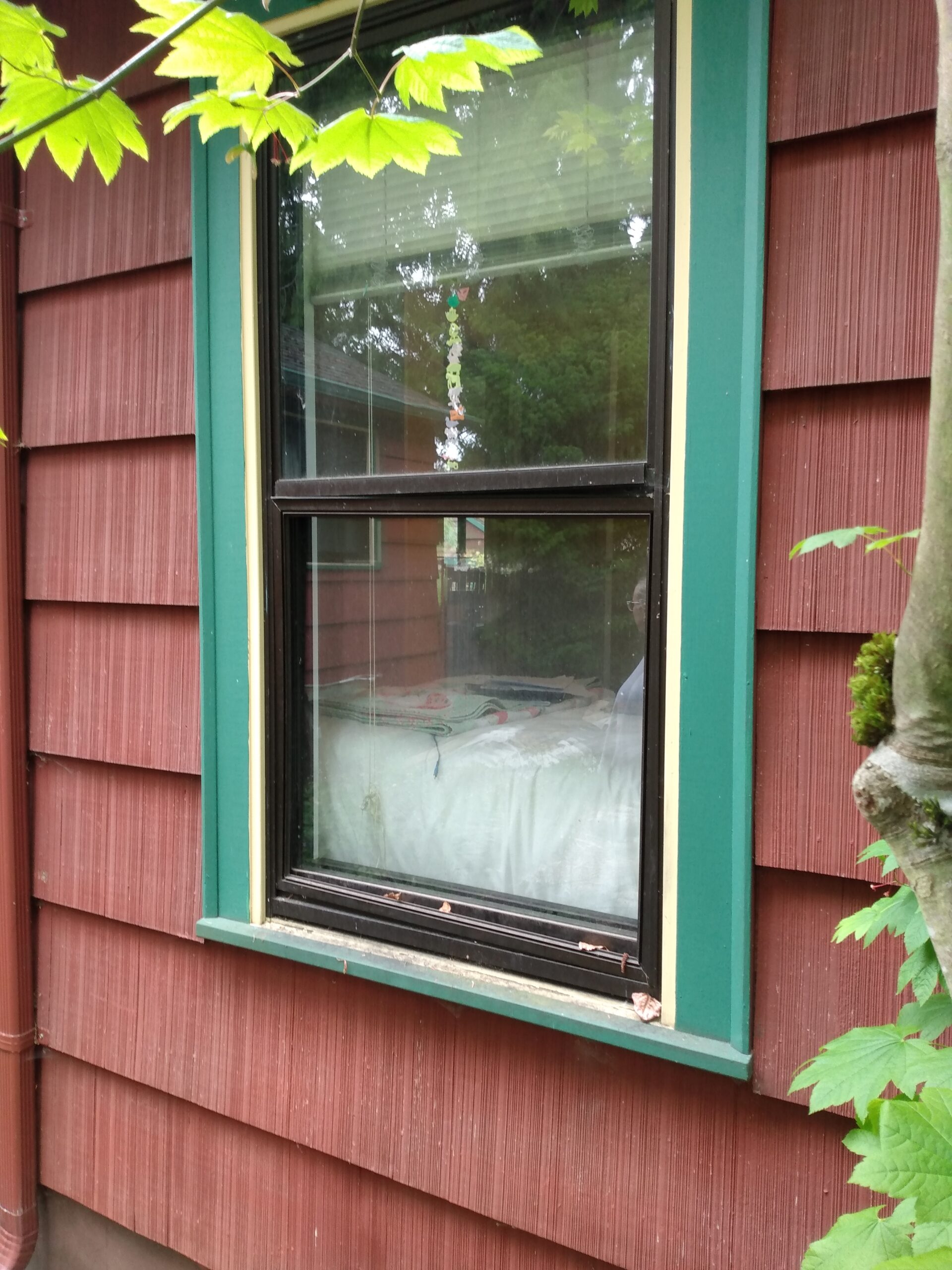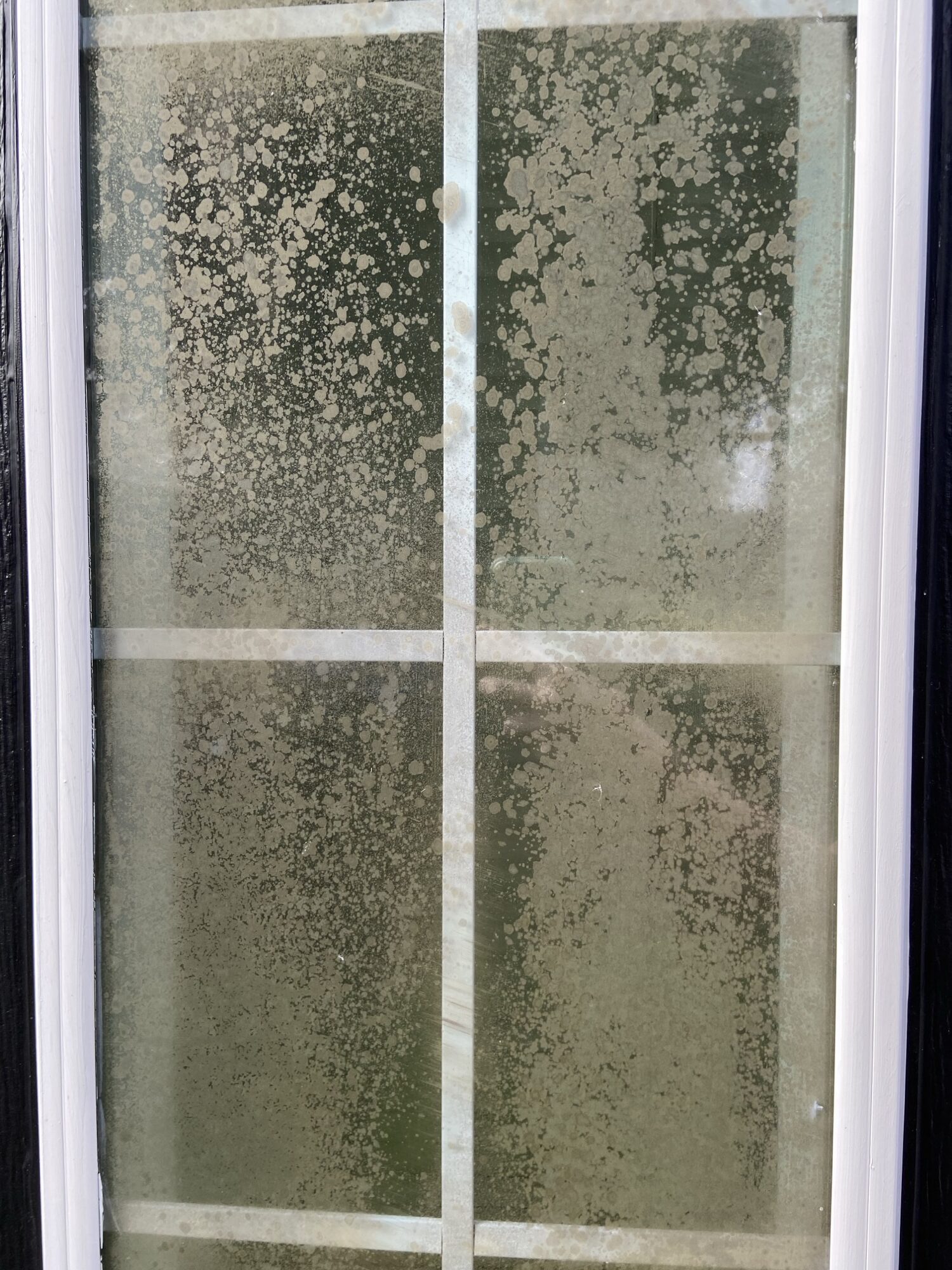Over the past thirty years roughly 9,400 homes have received noise mitigation retro-fits from the Port Of Seattle known as ‘Port Packages’. Many people think of a Port Package as ‘windows’, but really they are a complete system, which often takes the form of sound-rated windows, doors and special insulation. All components must work together to create the appropriate reduction in sound and maintain a healthy environment. This article explains the history of the Port Package sound insulation program, where it went wrong, where thing stand now, and how you can get in touch to help both the community (and yourself.)
Background
Soon after the second (now center) runway was built (1967-1973), residents went ballistic. The same thing was happening at airports all across America. The FAA, the Port and King County instituted a number of measures to address those complaints. One was the creation of the first noise mitigation programs. At the Federal level, this was codified in 1990 with the Aviation Noise and Capacity Act (ANCA). ANCA describes main features (including funding) of all sound insulation programs in place today at American airports.
When the Port of Seattle requested permission (meaning funding) to construct the Third Runway, the Port was required to do something called a Part 150 study and identified a geographic area known as a DNL 65 boundary, The DNL65 is an area around the airport where the ‘average’ noise level from aircraft is considered to be at or above 65 dbA. Within the DNL65, they identified 11,000 homes, apartments, schools were supposed to get Port Packages.
Don’t worry if that last paragraph sounded like bureaucratic mumbo jumbo. There are explainers for all of that elsewhere on this site. All you need to know right now is this: being inside the DNL65 doesn’t mean that your home is the noisiest. Lots of homes outside the boundary are still really noisy. All it means is that according to FAA rules you might be eligible for a Port Package. If you are? Great. If not? 2In the immortal words of Clint Eastwood, “fair’s got nuthin’ to do with it.”
Another requirement is that homeowners must sign an Avigation Easement in exchange for receiving the Port Package and that, until 2020, that was strictly a one-time benefit. (More on that in a moment.)
Back to the Third Runway. The scale and speed of providing so many Port Packages was unprecedented. Between 1996 and 2008 (when the Third Runway opened) the Port completed 9,000 single family homes at a cost of over $350,000,000. And then? They basically stopped. From then on doing an average of less than ten systems a year for the next decade and leaving about 1,100 homes (and even more multi-family apartments and condos) un… er… ‘Port Packaged’.
Problems
Many Port Packages are now causing a variety of problems for both the homes and the health of the occupants. The reasons are a separate story, but the short answer comes down to an old saying in engineering, “You can have it fast, cheap and good. Pick two.”
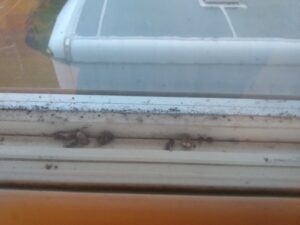 Here are a dozen examples of typical problems.
Here are a dozen examples of typical problems.
The Port Of Seattle has accepted no responsibility for any of these problems. Homeowners signed the Avigation Easement, which says that any difficulties must be handled exclusively under the terms of the 1product warranties and guarantees provided by the independent installers–even though those installers were contracted by the Port.
In short, many residents of SeaTac, Burien and Des Moines are now the owners of homes with defective windows and insulation and no legal recourse. Additionally, the problems caused by these systems mean that many of these homes are unhealthy places which either require or will require expensive mold remediation in order to be made healthy living spaces.
Here are examples of typical Port Package Problems in Burien, Des Moines and SeaTac. Click here to learn more about each type and the cause(s).
Where We Came In
In 2017 we began identifying homes with the most severe problems.
By August 2019 we had identified 175 properties with Port Packages that had developed problems that indicate poor construction, installation and/or create unhealthy living conditions. Beyond that, is the much larger list of homes with lesser, but still important issues. All homes deserve relief.
We have built this list strictly by word of mouth. 2This suggests that the problem rate is much higher than one would expect in a normal statistical sampling of 9,400 homes with properly implemented sound insulation systems.
We’ve also identified roughly two dozen homes that should be eligible for Port Packages but for one reason or another have not received offers. We’ll address that elsewhere.
We constructed a database of all the properties that received Port Packages, including the contractors, contracts and reimbursements.
In 2019, we approached State legislators Tina Orwall and Karen Keiser to create a law which would remove the language preventing the Port from providing any further benefit to homes with Avigation Easements. With the support of the Port of Seattle, this ultimately became law as HB2315 in April of 2020. HB2315 made it legal for the Port to provide updates. But it did not provide the funding to do so or establish a program.
On February 25, 2020, the Port of Seattle Commission voted to complete the remaining properties that did not receive sound insulation. This re-created their noise program with added capacity. At that meeting, their Noise Program Manager acknowledged that there may be problems with up to 5,000 homes. And then COVID-19 hit.
On February 27, 2024, the Port of Seattle Commission voted to approve Order 24-04 which establishes a pilot update program!
Why We’re Doing This
If this is the first time you’ve been to this site and this is the first page you landed on, we’ll give you the short answer: because no one else is. There are a ton of truly bad things the airport has done and continues to do to this area. And for a number of reasons, no one is doing or has done anything to fix the situation. There are a number of people (including people who work for the cities) working on ‘airport issues’, but they aren’t working on things like fixing substandard windows and inferior insulation products, or the fact that your house now has mold because of an improper installation. Somebody should take responsibility.
To give you a sense of the indifference, in 2012, the City Of Des Moines repealed their own Sound Ordinance, which removed any obligation for developers to provide any sound insulation to new construction–going against the intent of the FAA. By doing so it removed those homes from obtaining future FAA funding.
Our ultimate goal is not merely to repair Port Packages. And we’re certainly not advocates for ‘free windows!’ We believe that everyone who lives under the flight path has a right to a baseline of noise mitigation. Relief from excessive noise should not be a luxury. And if your sound insulation system fails and causes other damage, including mold, it should be corrected by… well, not by you. This baseline of care should be something the airlines provide to residents in return for giving the Port a permanent Avigation Easement.
Getting bad Port Packages repaired is the first step in that direction.
Get help. Get involved
If you are having problems with your Port Package (and noise in general), you want help. And we want to help you.
1. If you have a Port Package and are having problems with windows, insulation, water damage or mold, please contact us so that we can document the issues you’re experiencing and advocate for you to receive an update from the Port of Seattle as they become available.
We do this by scheduling a Site Visit which usually takes about twenty minutes. We take pictures of various problems both on the interior and exterior and make copies of any documentation you have from the Port and/or contractor. If you are agreeable, we can also arrange for a licensed home inspector to visit and take notes. When appropriate, we will recommend air filters and how you can test for mold and other air quality issues. We use this information to attempt to grade the severity of each home. We believe that homes with the most egregious problems should be given first priority by the Port.
Important: If you already have a Port Package and have noticed chronic respiratory issues that aren’t easily explained (asthma), we urge you to get your home inspected for mold and then contact us. Many of the insulation packages have led to mold problems which tend to only be discovered when the owner attempts to sell the home. And unless the buyer waives inspection, you can’t sell the home without getting that remediation.
2. We are also asking everyone who does not have a Port Package but thinks that they should have been made eligible to also contact us. The original goal of the Port was to provide sound insulation to 11,000 homes. So there are still many homes and apartments that should have been given the option to obtain Port Packages but for one reason or another never got them. (If you are unsure as to whether or not you are eligible, just ask us. The short answer is that, if your neighbours have them and you don’t you probably should have been eligible and we should investigate.)
Famous Last Words
We want to make it clear that we need to create a complete catalog of homes with problems. We need as much empirical data as possible so that we can accurately represent the scope of the problem. Yes, we’ve had some success at getting homes insulated and updated, but we’re not promising you any relief at all.
What we’re asking you to do is to help the community going forward. We need to know how many homes had poor installations and of what types? Who were the bad actors? What were the bad practices that seemed to lead to mold damage? That right there can help us to make sure that new installations going forward are more successful.
Testify
At some point we have asked, and will continue to ask participants to testify at Port Commission and other legislative meetings to help further legislation to fund repairs and to expand the DNL65 so that more new homes can receive Port Packages in areas outside the current DNL65. You are under no obligation to do this, but seeing public support definitely helps!
Confidentiality
We want to assure you that any information you provide will be kept confidential. We only need your address in order to cross reference with the Port’s list of properties so we can make our maps and build our reports. We will never publish any personally identifying information without your explicit permission.
If you can help with any of the above, please contact us.
1The list of contractors was limited to a small pool selected by the Port. The warranties were almost always limited to ten years. Almost every contractor has gone out of business. No pun intended, but it is clear now that many of these companies saw a unique and very short window of opportunity. And as soon as the well ran dry they simply left the business.
2How’s this for ridiculous? Every few years the Port is required to update the boundary by doing what is called a Part 150 study. And with each new Part 150, the DNL65 gets smaller. The way the DNL65 is determined, the fact that newer aircraft are quieter overrides the fact that the number of operations have increased so dramatically. The net effect is that many people who would have qualified for Port Packages in 2003 now do not, even though the noise over their homes is, by any human-standards much worse.
3We can say that with confidence because the failure rate on Port Packages installed more recently is much lower. It appears that the Port has learned from prior mistakes. In fact, that is one reason to have them perform an update rather than doing it yourself: they know how to do it and their systems are guaranteed to provide the proper level of sound reduction.
